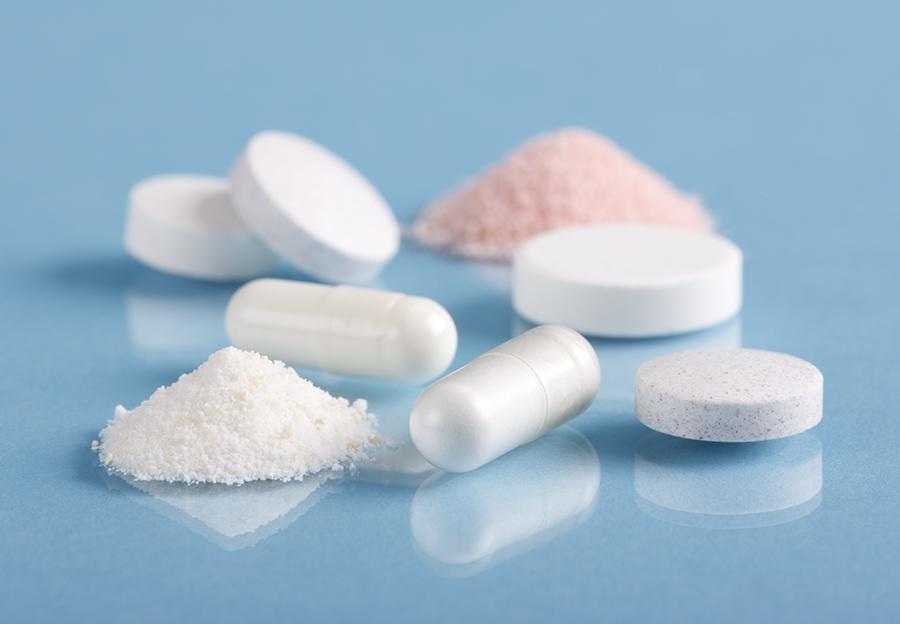Exploring the Functionality of Pharmaceutical Excipients

Pharmaceutical excipients play an important role in drug formulation and delivery. While the active pharmaceutical ingredient (API) provides the intended therapeutic effect, excipients help deliver the API in a safe, effective and patient-friendly manner.
What are Excipients?
Excipients, sometimes referred to as inactive ingredients, are any substances other than the API that have been appropriately evaluated for safety and are included in a drug delivery system. Common excipients include preservatives, solubilizers, binders, disintegrants, lubricants, buffers, colors and flavors. Excipients help improve the effectiveness of drug products and facilitate optimal delivery of medication to patients.
Role of Excipients in Formulation
Pharmaceutical Excipients serve crucial roles in drug formulation and manufacturing to help create finished dosage forms such as tablets, capsules, creams, ointments and suspensions. Their primary functions include:
Carriers and Diluents: Excipients like lactose, mannitol and microcrystalline cellulose act as carriers to provide bulk to solid dosage forms and ensure uniform API content. They improve flow and prevent segregation of ingredients during manufacturing.
Binders and Adhesives: Binders such as povidone, starch and cellulose derivatives bind powder particles together during compression. They impart strength and cohesiveness to produce strong, robust tablets.
Disintegrants: Superdisintegrants like crospovidone and sodium starch glycolate promote rapid tablet disintegration upon contact with fluids, facilitating API dissolution and absorption.
Lubricants: Lubricants like magnesium stearate and stearic acid reduce friction between theAPI/excipients and manufacturing equipment surfaces like punches and dies. This improves manufacturability and yields.
Coatings: Film coatings containing polym
Popular Excipient Groups
Some common classes of excipients and their main functions include:
Fillers and Diluents: Lactose, mannitol and microcrystalline cellulose are frequently used fillers that provide bulk to solid dosage forms. They improve flow properties and ensure uniformity.
Binders: Povidone, pregelatinized starch and microcrystalline cellulose bind ingredients together to produce strong, robust tablets during compression.
Disintegrants: Crospovidone, sodium starch glycolate, and hydroxypropyl cellulose promote rapid dispersion and dissolution of tablets upon ingestion.
Suspending and Emulsifying Agents: Sorbitan esters, sodium alginate, and carboxymethylcellulose help maintain uniform suspensions and emulsions.
Lubricants: Magnesium stearate, stearic acid, and talc reduce friction during tableting to improve manufacturability.
Coatings: Hypromellose, polyethylene glycol and polyvinyl alcohol provide film coatings for aesthetic appeal, identification and protection from moisture/light.
Preservatives: Methyl paraben and propyl paraben protect liquids, creams and ointments from microbial contamination during manufacturing and storage.
Impact of Excipients on Drug Delivery
Excipients play a key role in determining drug performance including bioavailability and stability. Factors such as particle size, density and surface properties imparted by excipients impact dissolution rate and drug release kinetics from solid dosage forms:
- Porous excipients with large surface areas like silicified microcrystalline cellulose promote rapid drug absorption through increased dissolution rate.
- Excipients like crospovidone and sodium starch glycolate containing hydrated gel-forming polymers facilitate rapid tablet/capsule disintegration, enhancing bioavailability of drugs with low solubility or permeability.
- Surfactants like Tween 80 and Cremophor EL employed as solubilizers or emulsifying agents in semisolid and liquid dosage forms improve solubilization and dissolution of lipophilic drugs.
- Buffering agents establish optimal pH conditions for drug absorption. Many drugs show improved solubility and permeability within defined pH ranges.
-Binding agents produce strong, hard tablets that prevent crushing, which could affect controlled or extended release profiles.
In compatibility testing, excipients displaying physical or chemical interactions with an API may affect stability, toxicity or performance. A careful screening process evaluates each excipient to maximize therapeutic outcomes.
Quality and Regulation
Given their potential to impact safety, efficacy and stability, excipients employed in pharmaceutical products receive stringent regulatory evaluation. International agencies like the U.S. FDA and EU EMA have established guidelines governing testing and approval of excipients.
Manufacturers submit detailed dossiers on each excipient covering chemical characterization, impurity profiling, extraction/purification methods, compatibility studies and more. Regular reassessment evaluates new toxicity data. Agencies maintain lists of approved excipients and limit unapproved novel excipients in drugs.
Quality standards established by pharmacopeias including the United States and European Pharmacopoeias dictate identification procedures, purity levels and material attributes for regulated excipients. Regular audits ensure continued GMP compliance in excipient manufacturing facilities. Proper control and documentation of each excipient batch guarantees consistent, high-quality medicine production.
While often overlooked, excipients are critical components of drug delivery systems that determine therapeutic outcomes. Their functions range from improving formulation through facilitating drug absorption, distribution and stability. Rigorous evaluation and ongoing quality control of pharmaceutical excipients ensures patient safety. With advanced development, excipients continue enhancing drug therapies through specialized delivery mechanisms.
Get more insights on this topic: Pharmaceutical Excipients
- Art
- Causes
- Crafts
- Dance
- Drinks
- Film
- Fitness
- Food
- Игры
- Gardening
- Health
- Главная
- Literature
- Music
- Networking
- Другое
- Party
- Religion
- Shopping
- Sports
- Theater
- Wellness
- IT, Cloud, Software and Technology


